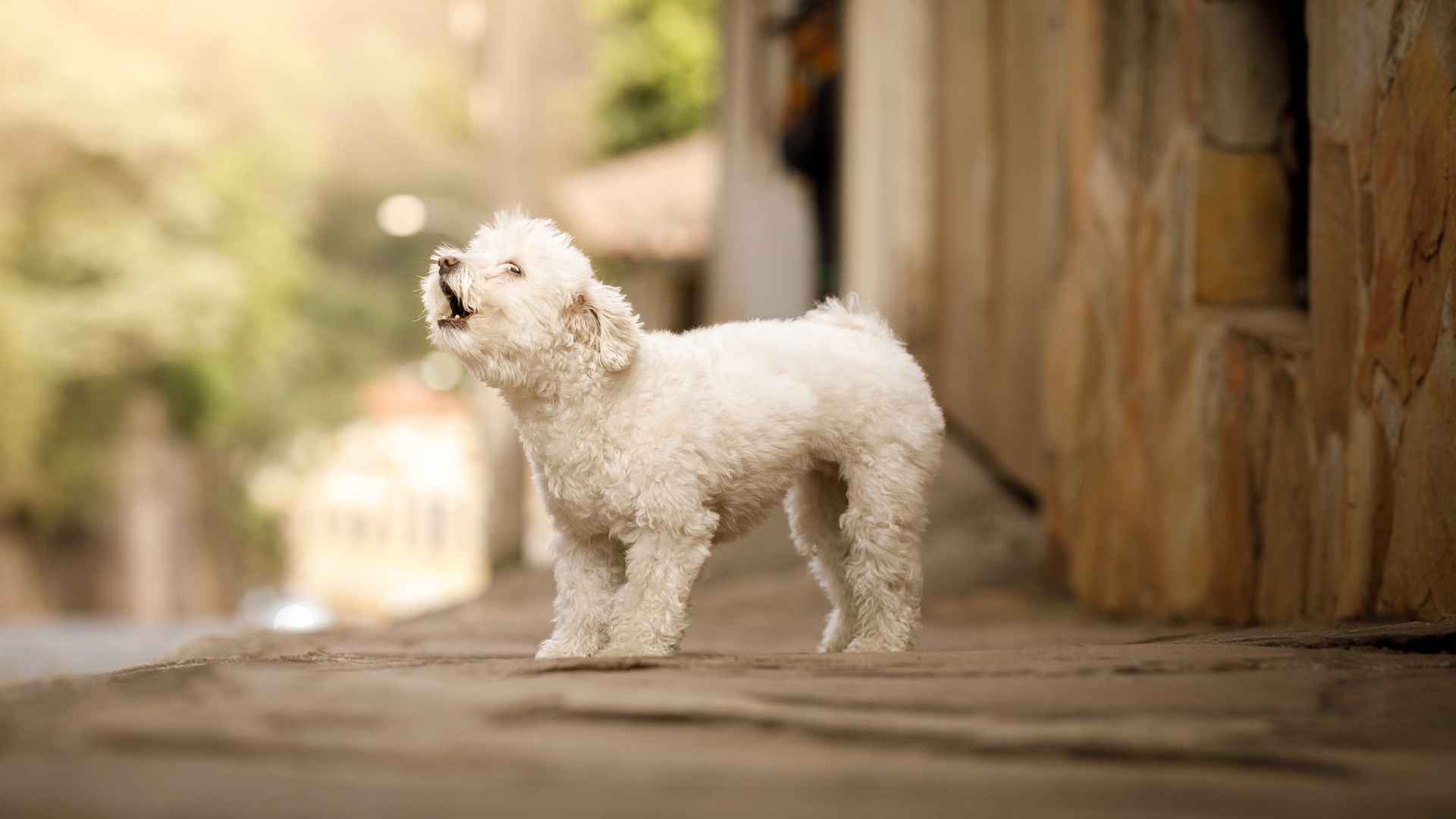Some dogs like to chat, and small dog breeds often have the loudest voices in the room. Whether they’re alerting you to a leaf falling three doors down or simply expressing their excitement, these pint-sized pups come with a whole lot of personality packed into a small frame. Barking isn’t necessarily a bad thing—it can be helpful, expressive, and even endearing—but it matters when choosing a dog that fits your lifestyle.
Many small barking dog breeds make excellent watchdogs, thanks to their natural alertness and loyalty. But they can also become nuisance barkers without the right environment and training. That’s why it’s important to understand which breeds are more vocal, why they bark, and how to manage it effectively.
Below, we explore 9 small dog breeds known for their vocal tendencies. From spunky terriers to elegant lapdogs, these canines may be small in size, but their barks carry big meaning.
Small Barking Dog Breeds
1. Miniature Schnauzer
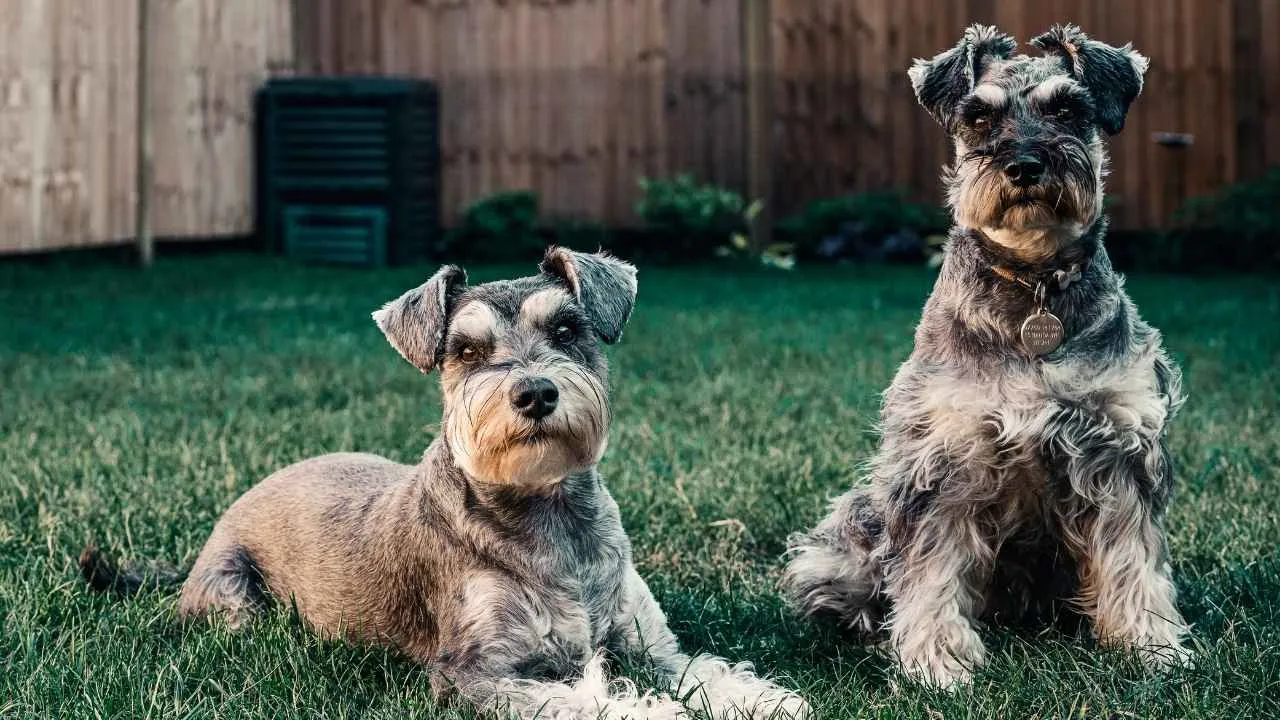
According to the AKC, the Miniature Schnauzer is a spirited, square-built breed with a wiry coat, bushy eyebrows, and an iconic beard. Originally bred in Germany for farm work and vermin control, they’ve retained strong watchdog instincts that make them alert and outspoken. Their bark is sharp, quick, and often used to notify their humans of anything unfamiliar.
They tend to be very vocal when they sense new people or hear unusual sounds. However, their barking can be tempered with training—they’re highly intelligent and respond well to consistency. A bored Schnauzer is a loud Schnauzer, so keep their mind occupied.

They’re very affectionate and love to be part of the family. While they’re small, they have a big-dog attitude and often think they’re in charge. They’re good with children and other dogs when socialized early.
Their wiry double coat needs routine grooming, including regular trims and brushing to prevent mats. They shed very little, which makes them a popular choice for allergy-sensitive households. Daily walks and interactive play sessions are a must.
Fun Fact:
Miniature Schnauzers are the only terrier breed that didn’t originate from the British Isles!
2. Yorkshire Terrier
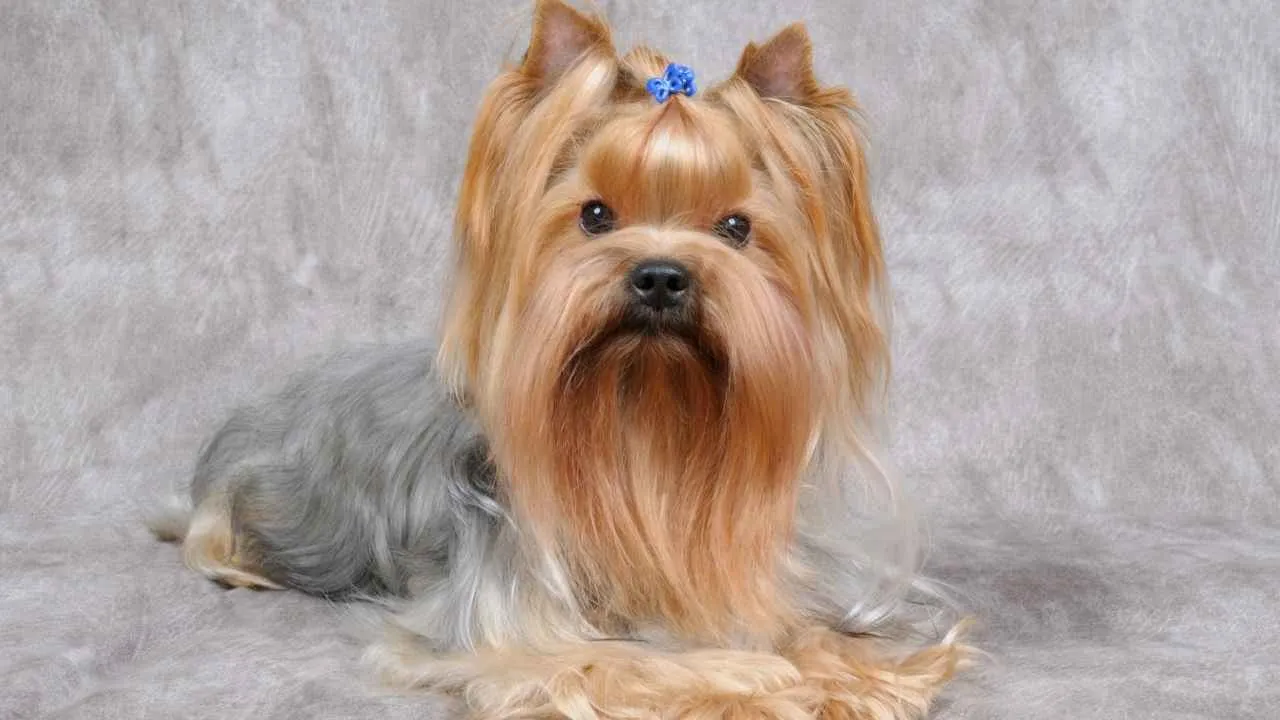
The Yorkshire Terrier, or Yorkie, is a petite powerhouse known for its glamorous coat and sassy personality. Don’t be fooled by the bows and silky fur—this dog has a voice and knows how to use it. Yorkies bark to protect, to announce, and to express excitement.
They’re naturally suspicious of strangers and quick to raise the alarm. Socialization from an early age can help tone down their vocal tendencies, but they’ll likely always keep that “neighborhood watch” instinct. Training them requires patience and lots of positive reinforcement.
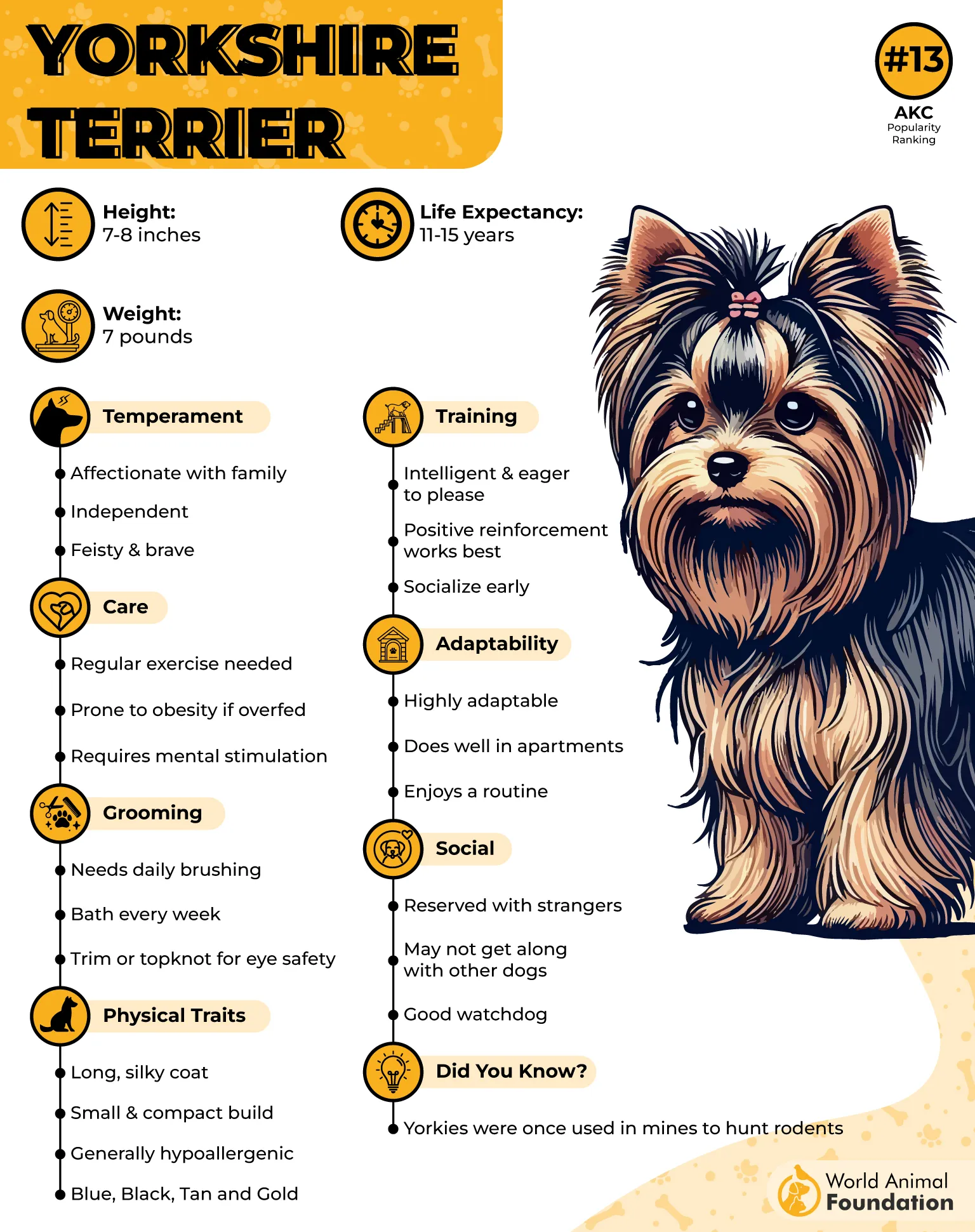
Despite their assertive behavior, Yorkies are deeply loyal to their families. They love to cuddle as much as they love to chase, and are surprisingly adaptable to apartment life. Their small size makes them ideal travel companions.
Their fine, floor-length coat needs daily brushing unless trimmed short. Regular baths and grooming appointments are a part of the deal if you want to keep that coat show-ring ready. They’re energetic for their size and benefit from short walks and playtime.
Fun Fact:
The Yorkshire Terrier was once used in mines to hunt rats—an early and unlikely job for such a dainty-looking breed!
3. Chihuahua
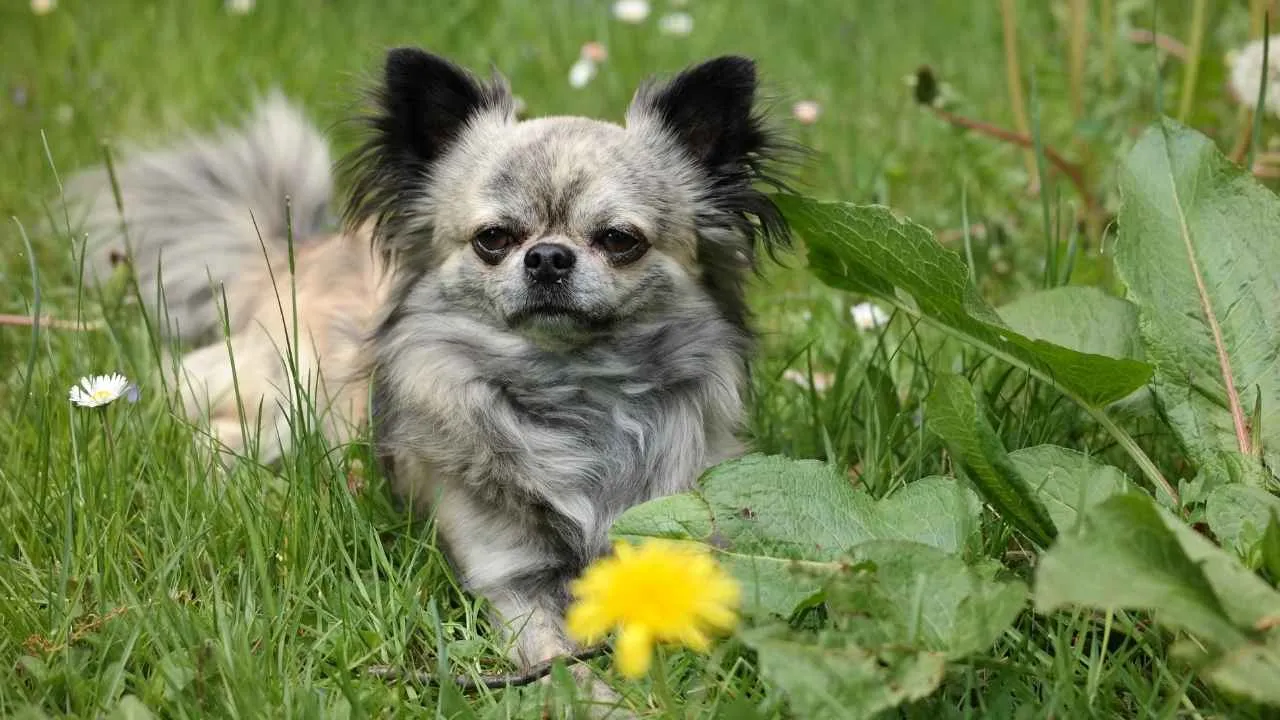
Despite being the smallest dog breed in the world, the Chihuahua has one of the biggest personalities—and barks. These bold little companions don’t hesitate to tell you how they feel. They’re often very alert and bark frequently at new people, dogs, or even sounds outside.
Their bark is sharp and high-pitched, which can be surprising coming from such a tiny frame. Early training and consistent boundaries help prevent excessive vocalizing. They often become attached closely to one person and become fiercely protective of them.
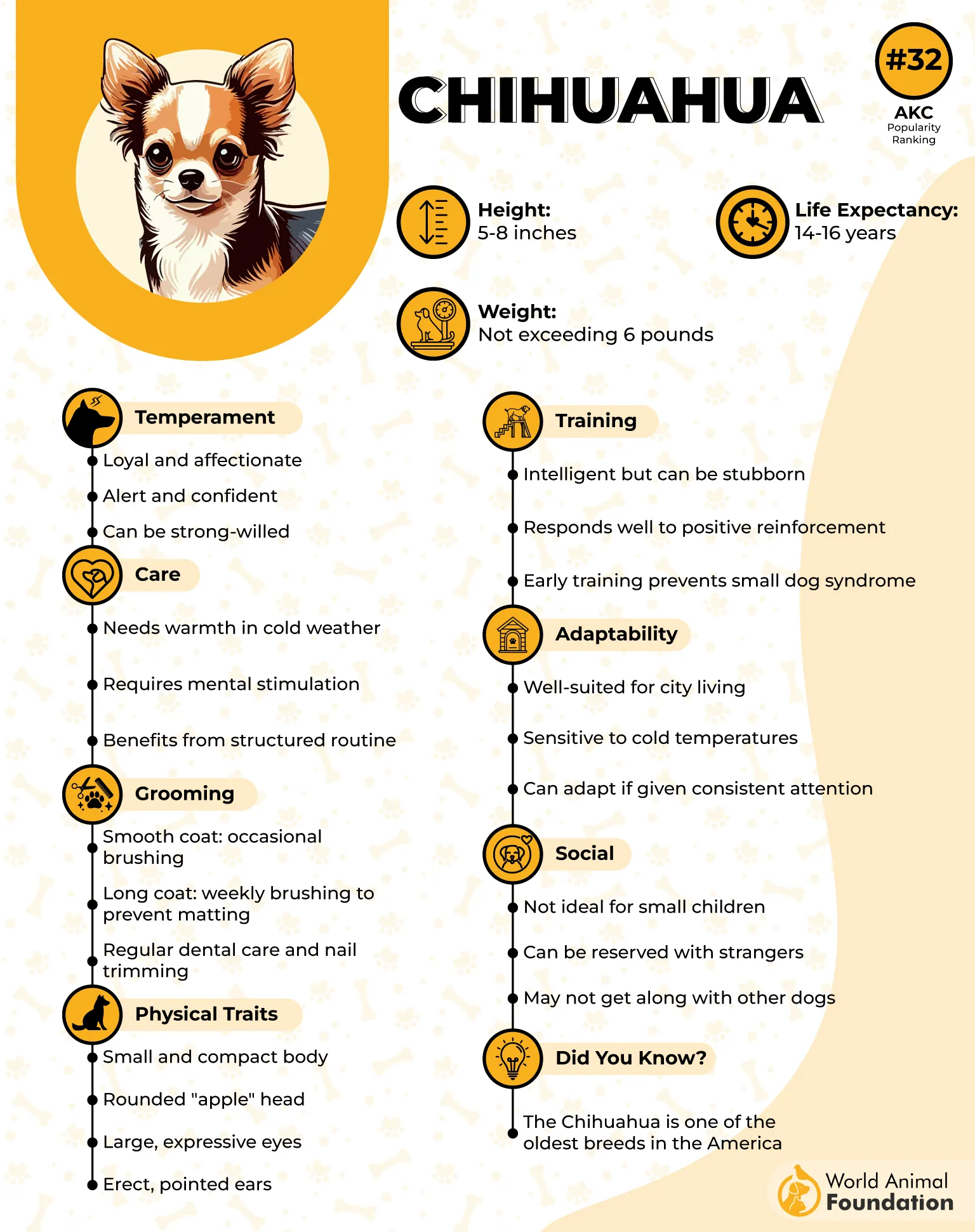
Chihuahuas can be hit-or-miss with children, depending on socialization and temperament. They tend to prefer adult company and calm environments. They’re generally good with other small dogs if raised together.
This breed comes in short- and long-coated varieties, both of which are fairly easy to maintain. They are sensitive to cold weather and should wear sweaters or jackets in colder climates. They need daily mental stimulation despite their small size.
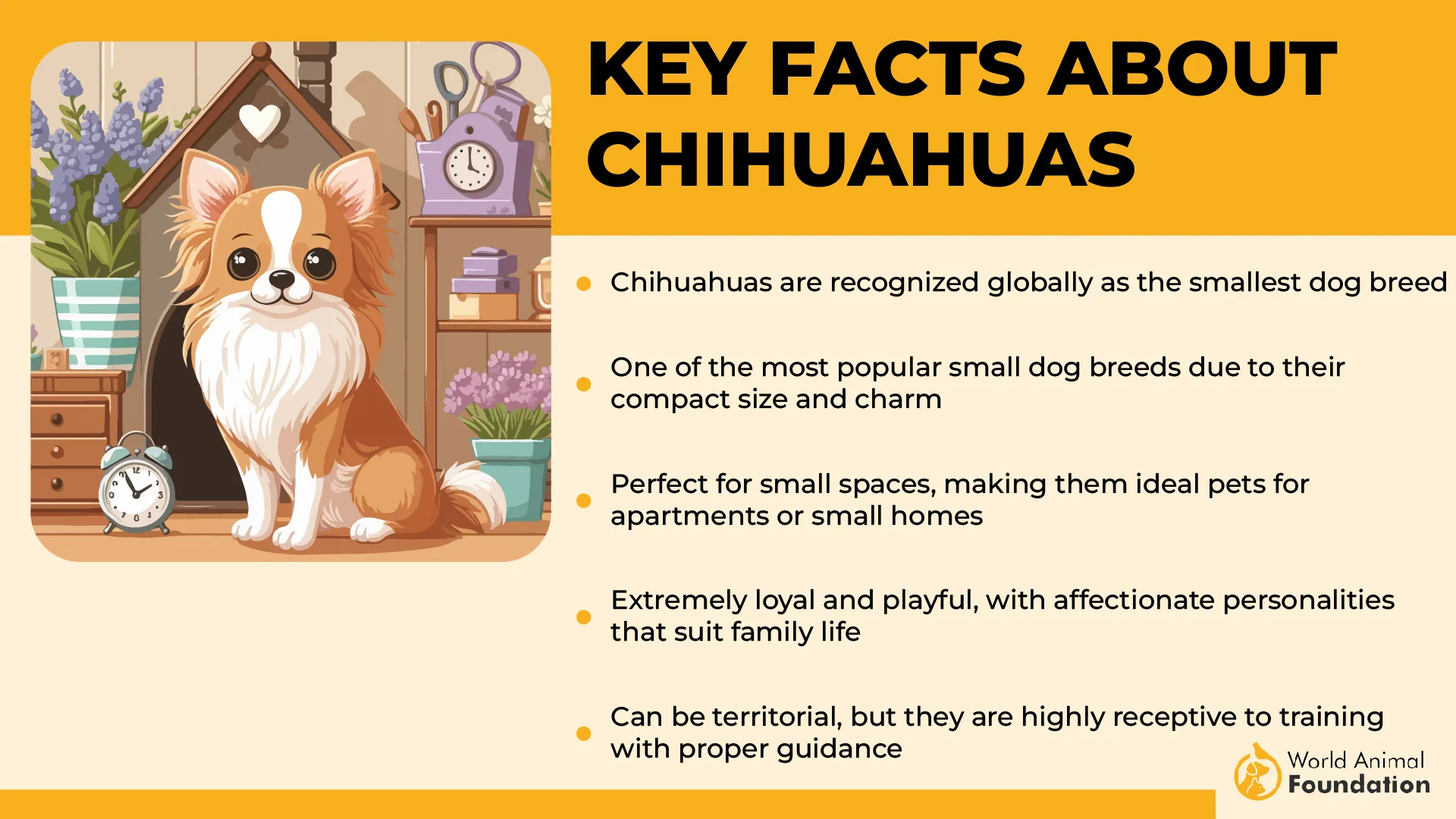
Fun Fact:
Chihuahuas are believed to descend from an ancient dog breed called the Techichi, revered by the Toltecs in Mexico.
4. West Highland Terrier
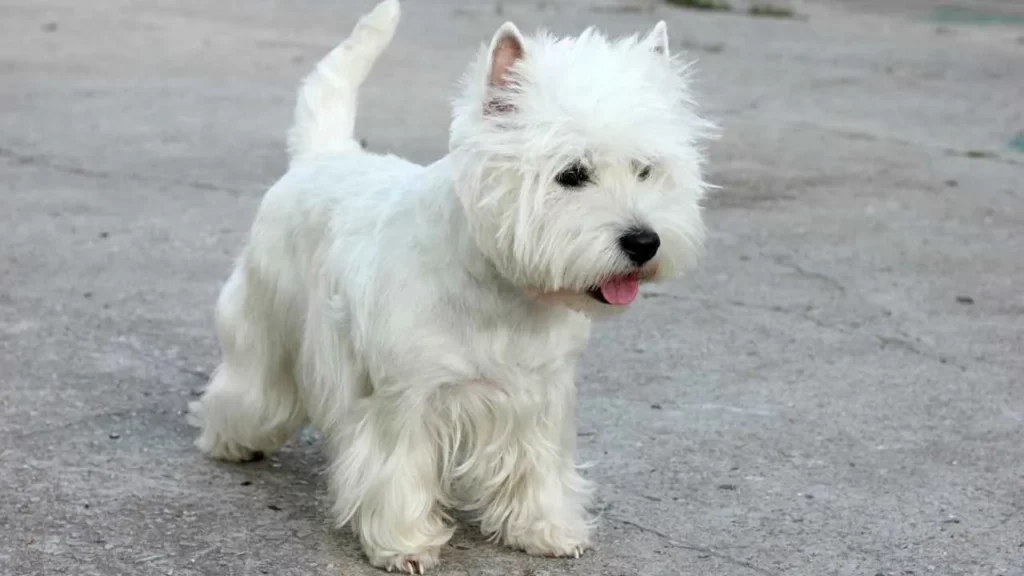
The West Highland White Terrier, or Westie, is a charming little dog with a strong will and a big bark. Originally bred to hunt rodents, these white-coated terriers are naturally alert and love to vocalize their opinions. Whether it’s a squirrel or a strange noise, you’ll hear about it.
Westies have a loud, firm bark that carries, which makes them excellent watchdogs—but not the quietest neighbors.
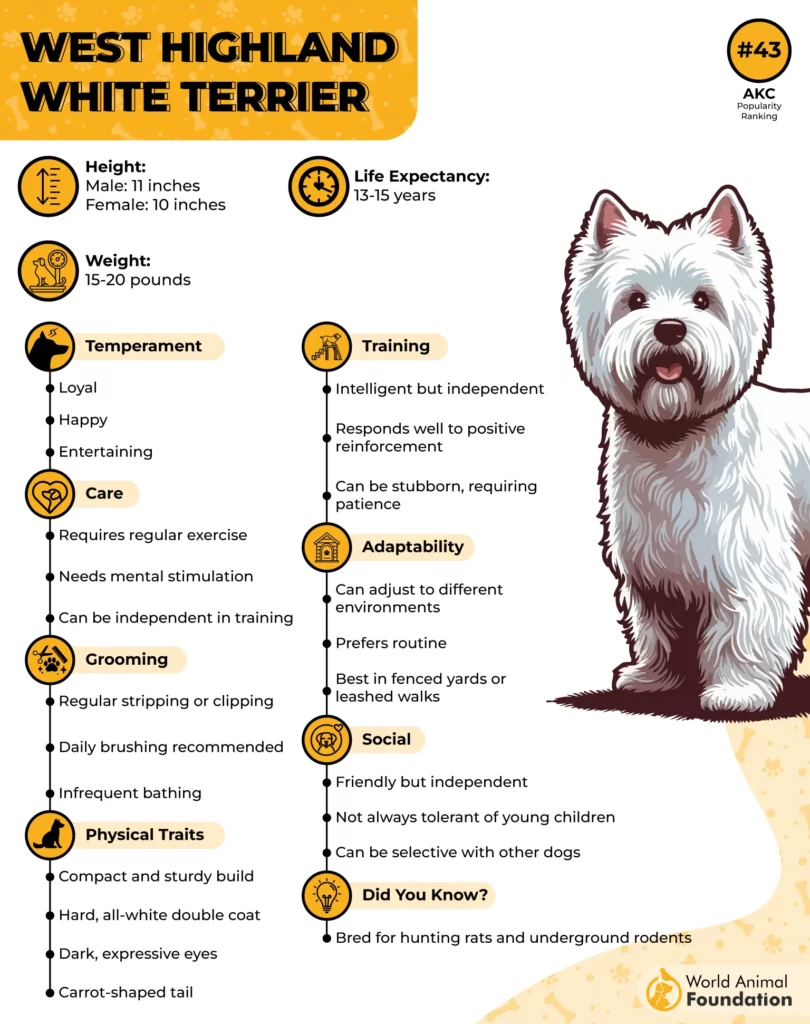
With proper training and regular exercise, their barking can be managed effectively. They do best with owners who provide structure and early boundaries.
They’re friendly and generally do well with children and other dogs. Their confidence and independence make them natural leaders, so clear guidance is key. While they’re outgoing, they’re not clingy.
Their thick, wiry coat requires weekly brushing and regular trimming to stay neat. Despite being white, they’re surprisingly low-maintenance in terms of dirt. Their lively demeanor makes them entertaining companions.
Fun Fact:
All Westies are white because their original breeder wanted to avoid mistaking them for foxes during hunting trips!
5. Miniature Dachshund

The Miniature Dachshund was bred for one thing: going underground to flush out badgers. That same fearless drive fuels their bark today. They may be small, but they have a deep, loud voice—and they’re not afraid to use it.
Dachshunds bark to protect their territory, get attention, or express their hunting instincts. Their bark can be persistent, especially when left alone for too long. Mental stimulation and crate training help reduce problem barking.
They’re affectionate and playful but can be stubborn during training. A confident, consistent owner will get the best results. They can be good with children and other dogs but tend to be wary of strangers.
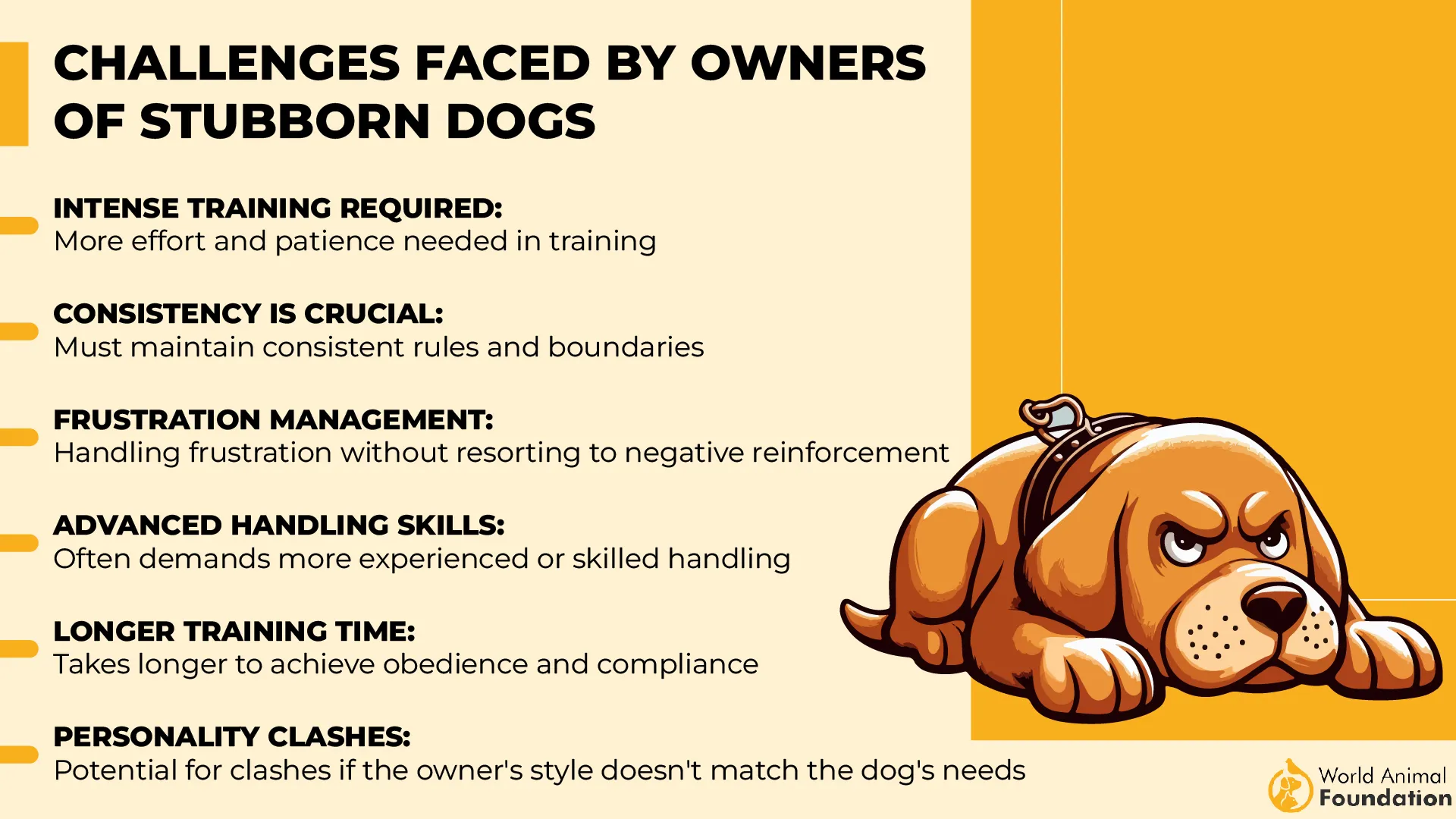
Their short coat is easy to care for, though long-haired and wire-haired varieties need more brushing. They’re prone to back problems, so jumping from furniture should be discouraged. Walks and puzzle toys are ideal activities.
Fun Fact:
In Germany, the Dachshund is still known as the “Teckel” or “Dackel” and remains a popular hunting companion!
6. Pomeranian
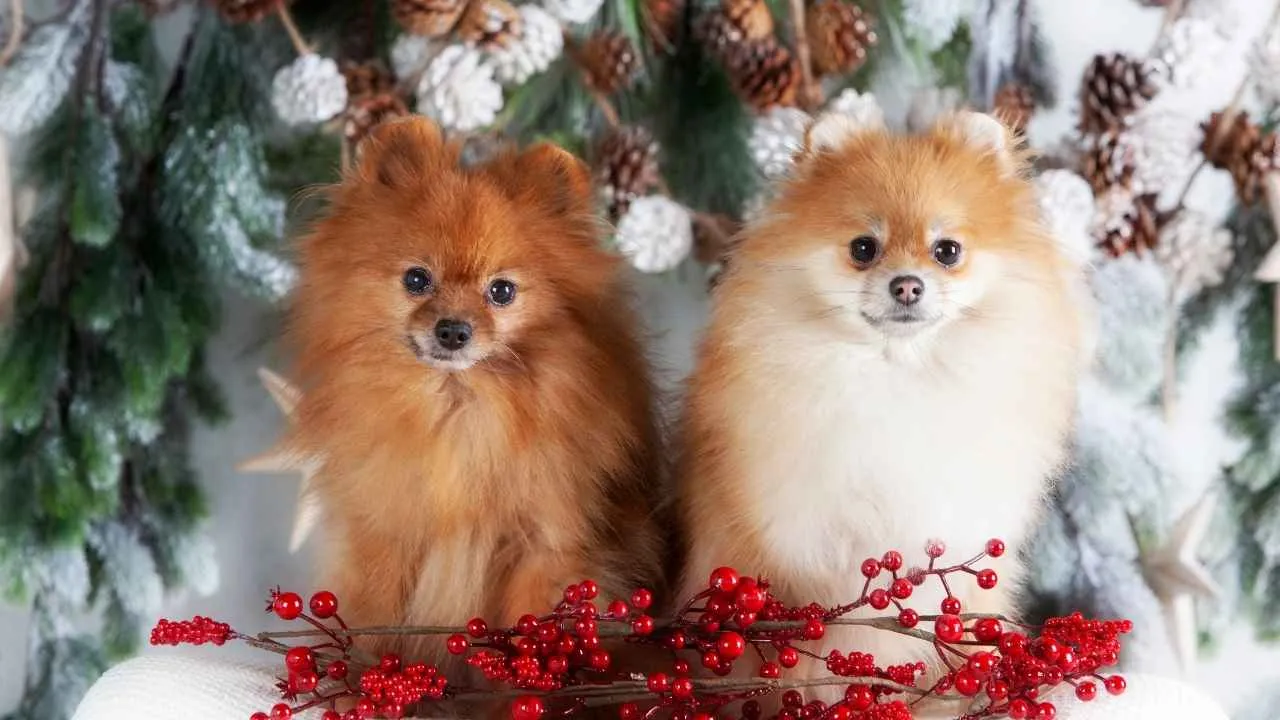
The Pomeranian may look like a living stuffed animal, but it has the heart of a lion—and the bark to match. Descended from large sled-pulling dogs, this tiny breed has retained its bold spirit. Poms are highly alert and quick to bark at anything unusual, as stated by Britannica.
Their bark is sharp and frequent, especially if they’re bored or under-stimulated. But don’t worry—these dogs are also highly trainable and eager to please. Teaching a “quiet” command early makes a huge difference.

They’re affectionate, smart, and enjoy being the center of attention. Pomeranians thrive in active households where they can interact frequently with people. They do well with other small pets and kids who handle them gently.
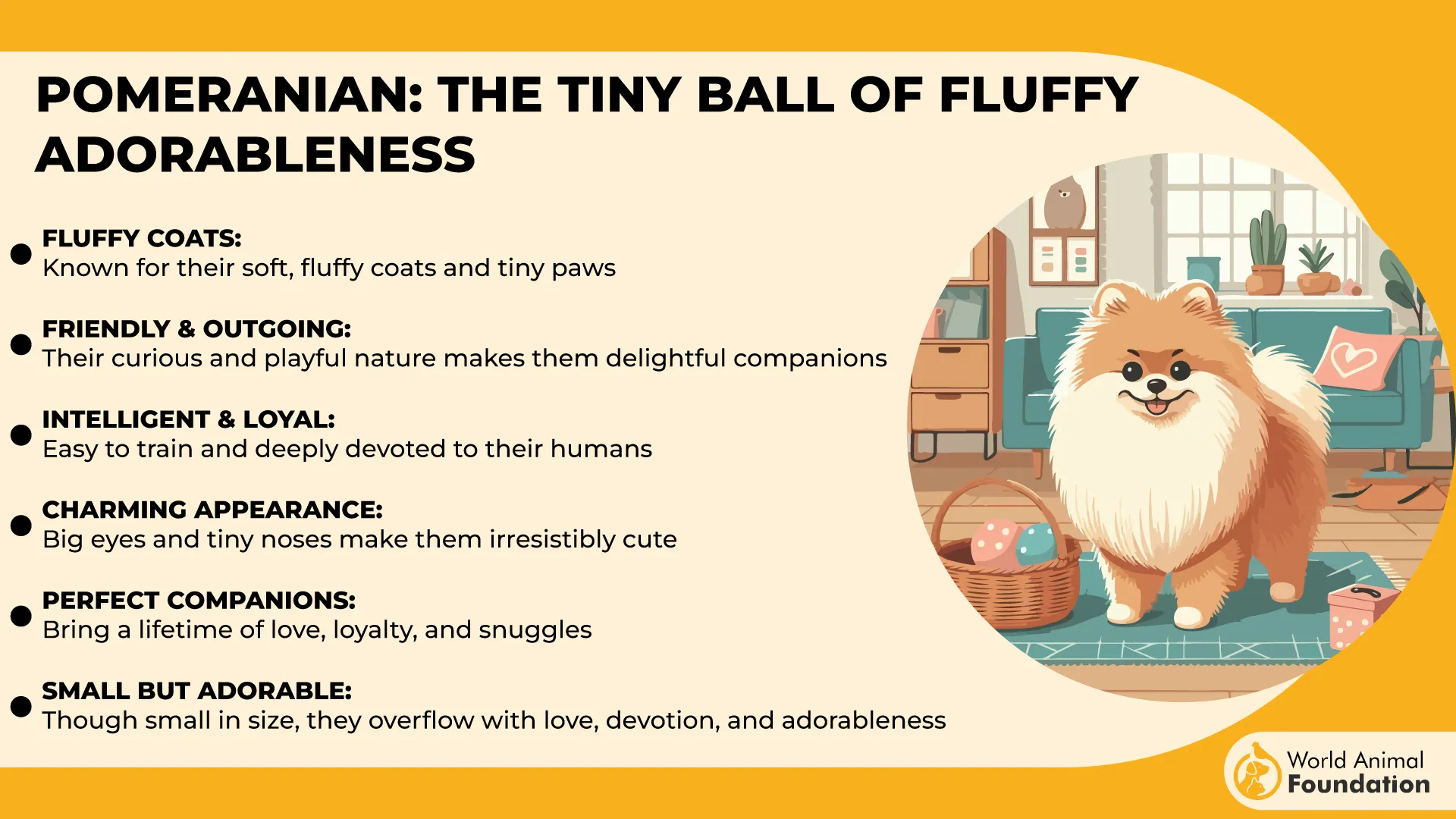
Their luxurious double coat requires consistent brushing to prevent mats and reduce shedding. Poms also need dental care and occasional trims to maintain their coat and health. They’re happiest when mentally and socially engaged.
Fun Fact:
Two Pomeranians survived the Titanic disaster because their owners carried them onto lifeboats wrapped in blankets!
7. Maltese
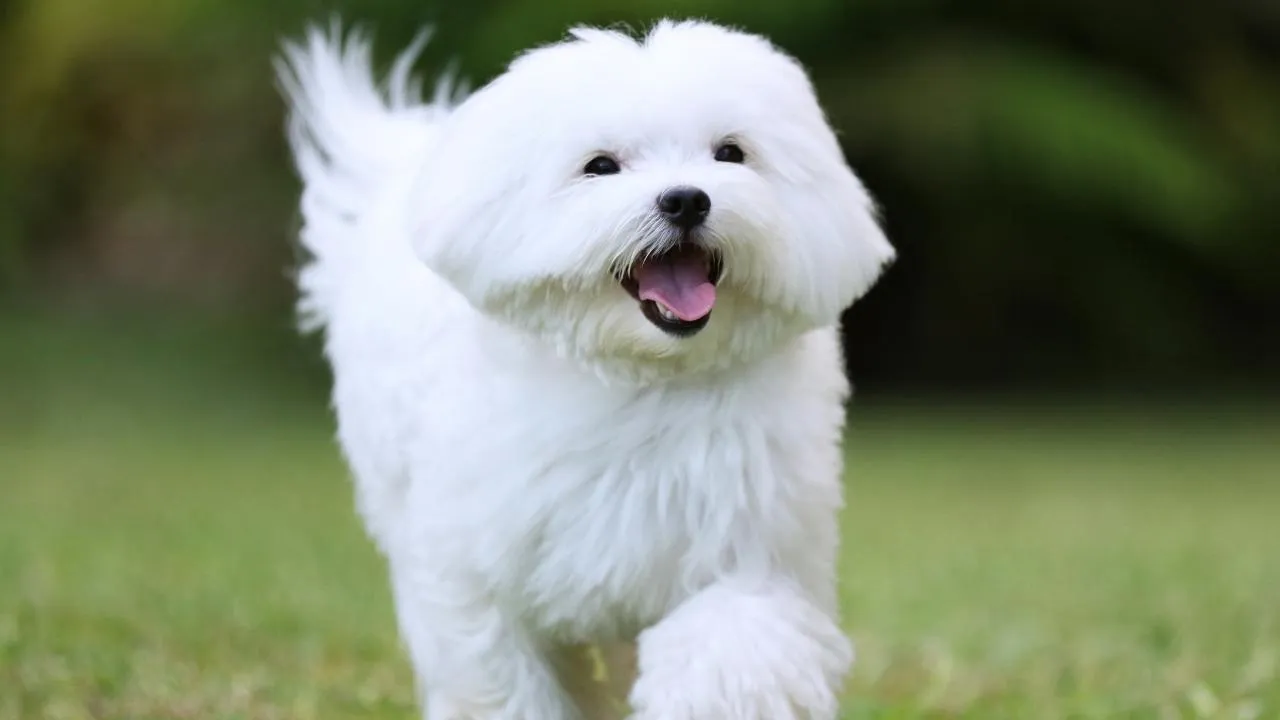
The Maltese is a graceful lapdog with a history that dates back thousands of years—but don’t let its royal background fool you. This breed can bark up a storm, especially when alerting to new visitors or expressing separation anxiety. Their bark is quick and frequent but rarely aggressive.
Maltese dogs are very people-oriented and don’t do well when left alone for long periods. Barking can be a way for them to communicate stress or boredom. Early training and companionship go a long way in managing this behavior.
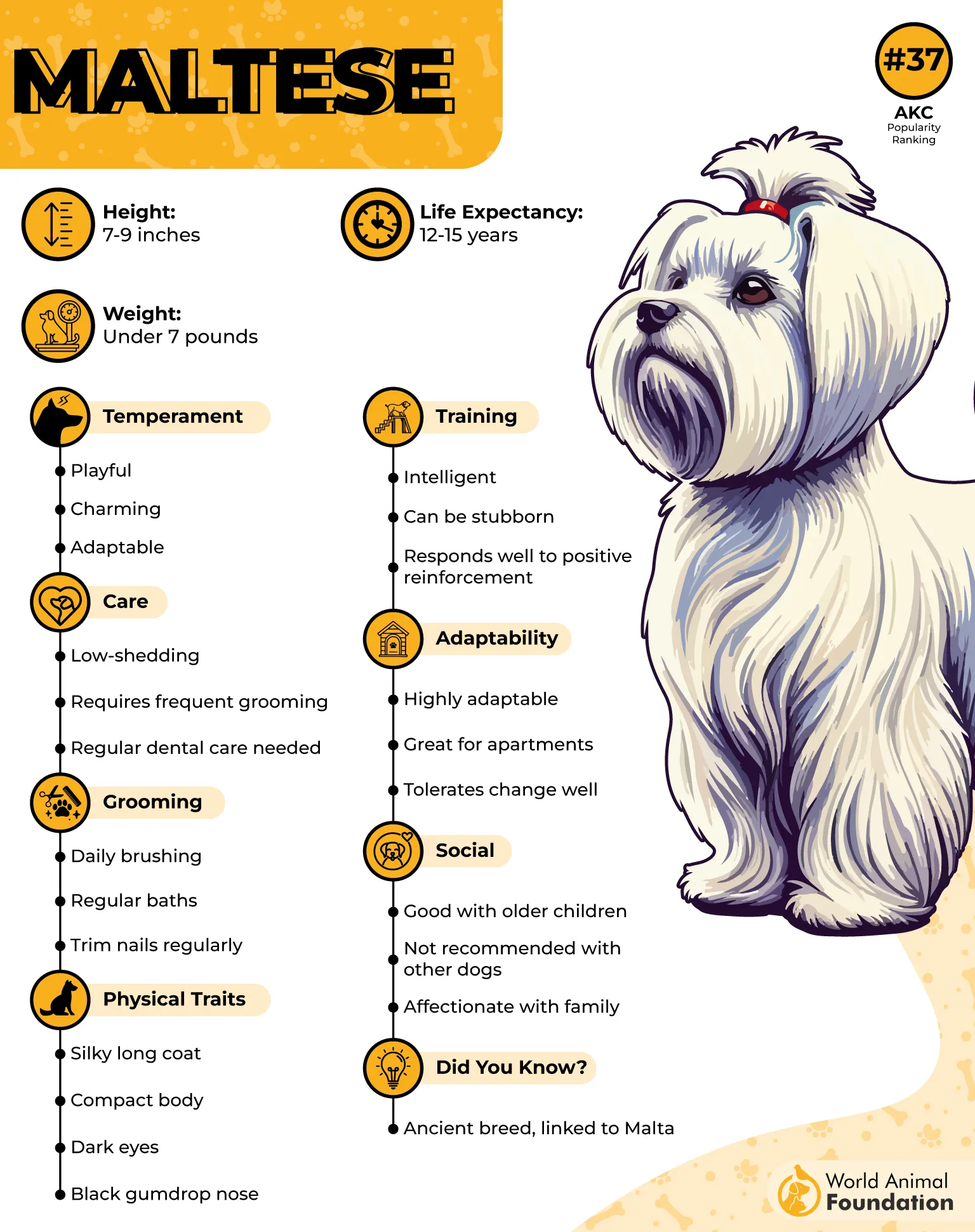
They’re incredibly sweet, affectionate, and eager to please. That makes them responsive to training, especially when positive reinforcement is used. They’re usually friendly with other dogs and suitable for families with gentle children.
Their long, flowing coat requires daily brushing or regular trims to keep it manageable. They’re prone to tear staining and need eye area care. Despite their elegance, they’re sturdy and enjoy short play sessions and walks.
Fun Fact:
The Maltese was so revered in ancient times that Aristotle wrote about it around 370 B.C.!
8. Miniature Pinscher
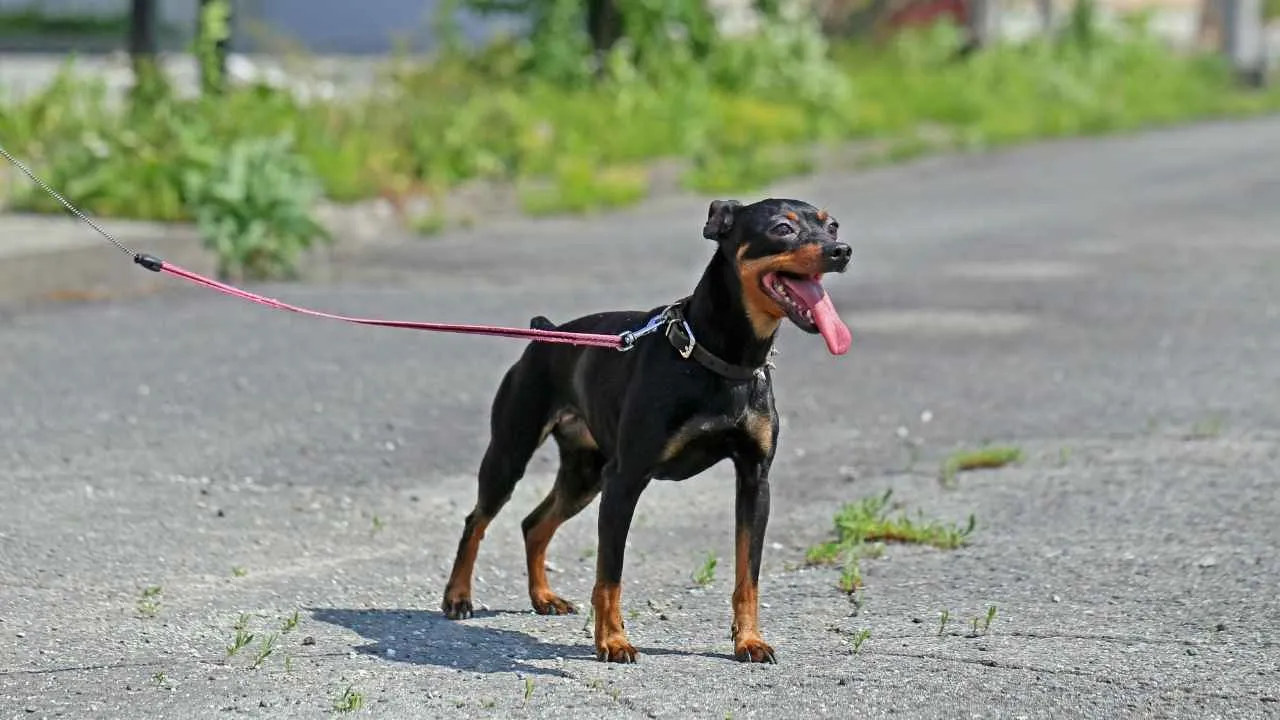
The Miniature Pinscher, or Min Pin, is a spirited dog with an outsized bark and an even bigger ego. This breed is fearless, fast-moving, and fiercely loyal to its people. It barks to warn, to greet, and to entertain.
Min Pins are incredibly alert, often barking at the slightest disturbance. Their barking can be reduced with consistent training, but they’ll always have that natural watchdog edge. Confidence-building and mental games help keep their minds focused.
PetMD states that they’re affectionate and energetic but require early socialization to avoid excessive wariness. Their independent streak means they can be a bit challenging to train, but they’re always up for the game. Min Pins thrive in homes where they get both direction and fun.
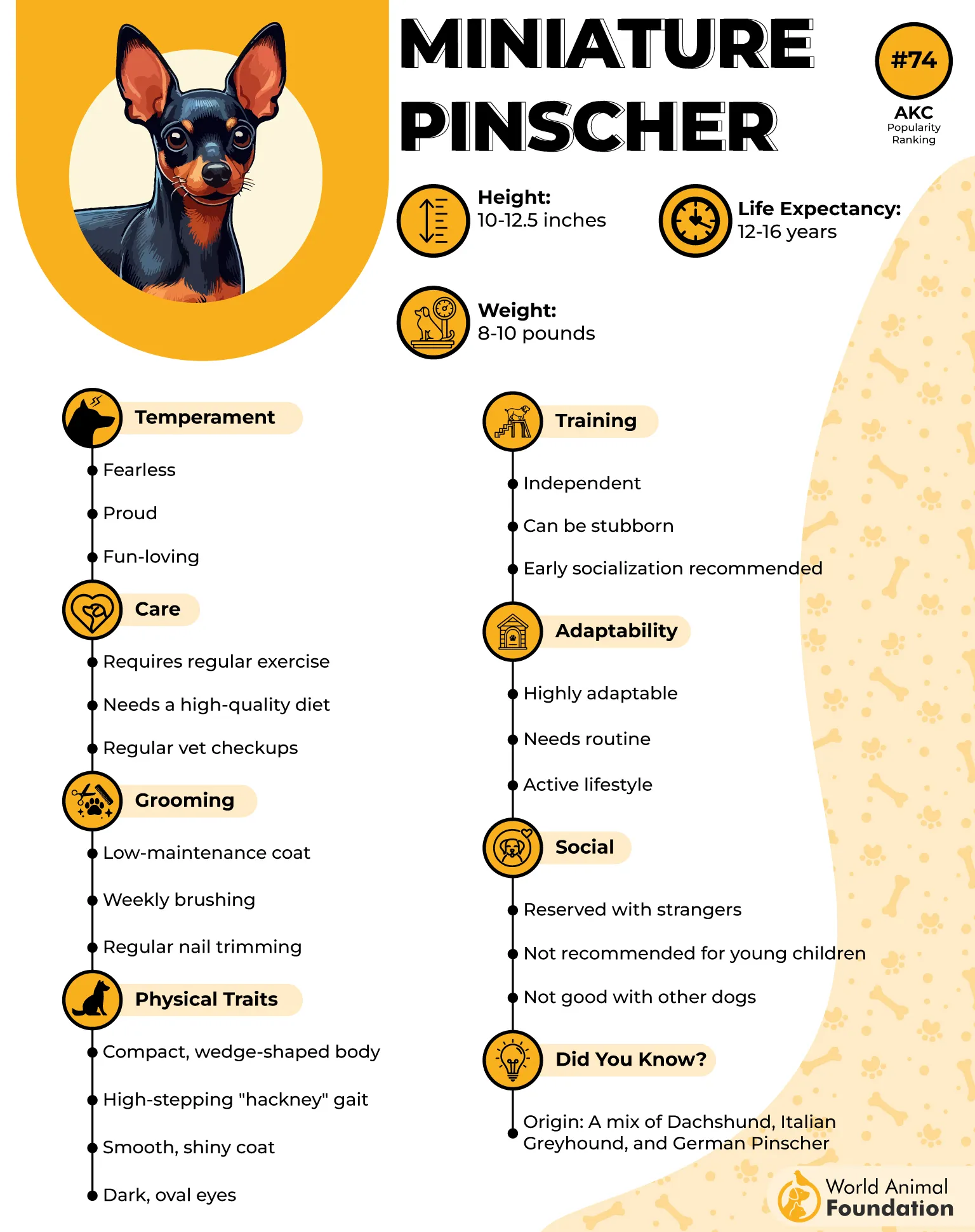
Their smooth, sleek coat is low-maintenance, and they don’t shed much. But their energy level is anything but low—they need daily play, walks, and interactive sessions. They also do well in structured environments.
Fun Fact:
Despite their Doberman-like appearance, Miniature Pinschers are an older breed with no direct relation to Dobermans!
9. Beagle

The Beagle is best known for its baying howl and classic “aroo”—and it’s a sound that travels. Originally bred as a hunting hound, the Beagle uses its voice to communicate while following scent trails. That voice didn’t go away when the hunting did.
Beagles bark when excited, bored, or left alone. They’re highly vocal dogs that need exercise and engagement to stay balanced. Their instinct is to work in packs, and they don’t like being isolated.
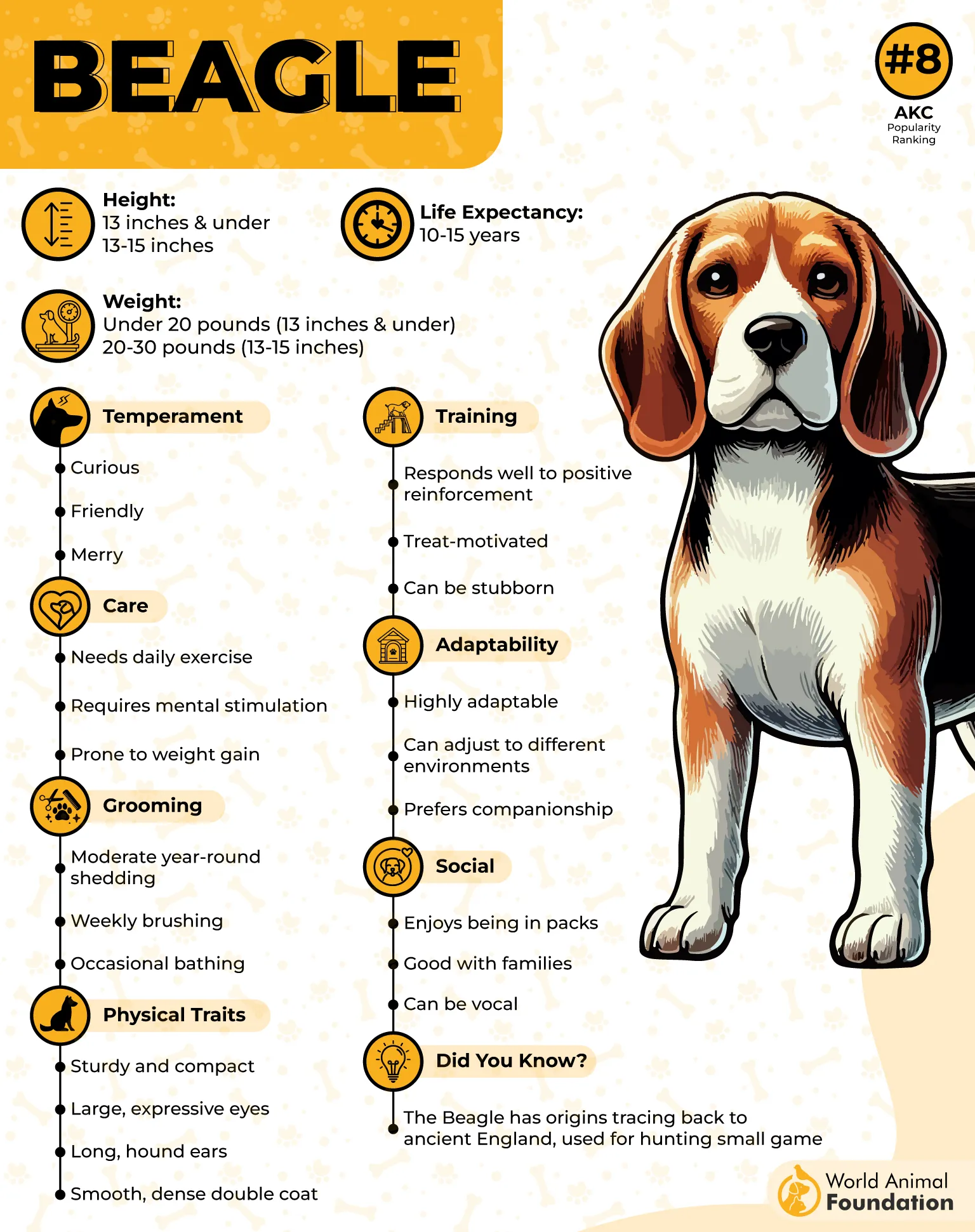
They are friendly, gentle, and great with children, which makes them wonderful family pets. However, apartment dwellers may want to consider soundproofing or training techniques. Beagles need firm, loving guidance to manage their vocal habits.
Their short coat is easy to maintain, but they shed steadily year-round. They love being outdoors, especially with their noses to the ground. Long walks and scent games are ideal outlets for this breed.
Fun Fact:
The Beagle has over 220 million scent receptors—compared to a human’s 5 million—making it a scent-tracking superstar!
Conclusion
When it comes to small breeds, a big voice often comes with the territory. While some pet parents embrace the vocal alerts and lively chatter of these spirited pups, others may prefer a calmer environment. Understanding the personality, background, and energy level of a breed is essential for dog parents looking to avoid excessive barking in their homes.
Not all small dogs are noisy—some breeds, like the Cavalier King Charles Spaniel, are known as quiet dogs, typically more focused on cuddling than raising an alarm. On the other end of the spectrum, terriers such as the Cairn Terrier or Miniature Schnauzer bring their watchdog instincts in full force. And while a truly barkless dog is rare, certain breeds are naturally less vocal and may better suit more tranquil households.
Ultimately, the best match depends on the individual lifestyle of pet owners. A city dweller might appreciate a more reserved breed, while someone with a large yard might happily welcome a barky buddy with personality to spare. Even larger breeds, like the Bernese Mountain Dog, may bark less overall than some pint-sized pups.
Whether you love the talkative charm of a Yorkie or prefer the serene companionship of a Cavalier, one thing’s for sure: the best dogs are the ones who fit your lifestyle, energy, and heart.


